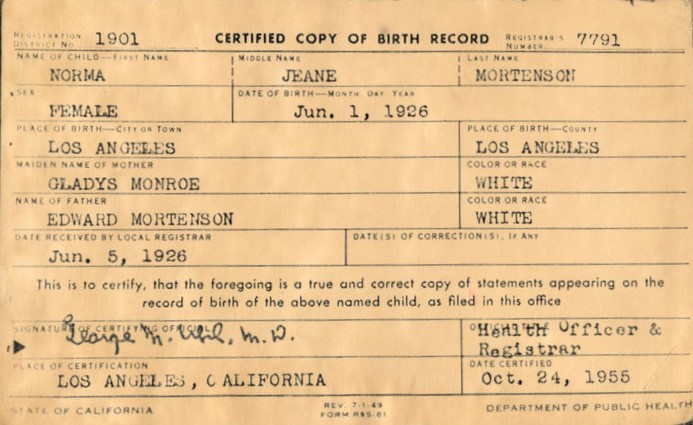
Christmas is widely believed to have originally been a mid-winter festival celebrating the Winter Solstice (shortest day of the year), and as such was celebrated at different times of the year around the world. It was the Christians who changed it to a religious festival to celebrate the birth of Jesus, the Son of God, and in the 4th Century Pope Julius I made 25th December, Christmas Day. Originally Christmas (Christ Mass) was a time for prayer and quiet reflection, but by the 12th-13th Century it had become a period of eating, drinking and other excesses for those who could afford it. By the Tudor period (1485 and 1603), Christmas was one of the largest celebrations of the year in England.The English version of Father Christmas first appeared in the middle of the 17th century. In 1652, after the English Civil War, the Puritans who ruled the English government, banned Christmas. Royalists, however, adopted an old 14th century version of Father Christmas (called Sir Christmas) who was a symbol of feasting and adult merriment. Following the Restoration in 1660, Father Christmas was gradually forgotten. It was not until the late Victorian period that he was revived as a jolly old man who climbed down chimneys to give gifts to children.In 1737 a pamphlet was published about the “Christmas Entertainments” which included eating, drinking, and kissing under the Mistletoe. A newspaper dated 1742 even published an article purporting to have been written by Father Christmas stating that his fears that he has been forgotten, but would return as usual for the 12 days of Christmas (25th December- 6th January) and he hoped that the demon of gluttony would be cast out during that time, so that people can enjoy the season despite poverty. Excessive eating was still an issue in 1770 when another newspaper warned that “most people will eat more than pray and all people more than they earn.” Excess is still a big part of Christmas even today.For centuries Boxing Day was seen as important for the poor, as on this day the money collected in the alms-boxes in churches was distributed to them. Later gifts of money or small items were given to servants in boxes. In 1721 King George I ordered “a considerable Sum to be distributed this Christmas amongst Poor House-keepers”, but in a 1766 newspaper the writer urged caution that Christmas boxes should only be given to “comfort distressed families” rather than those who would use it to get drunk and abusive. About the same time a book was published for ‘Young Ladies’ which explained what would make a suitable Christmas Box for servant maids. In Victorians Times philanthropists such as Charles Dickens encouraged the rich to give money and gifts to the poor. The popular story ‘A Christmas Carol’, by Charles Dickens is an example of this. Sadly for many poor tenants, December 25th was also one of the four days a year when they were expected to pay their rents to the landlords, and so could be a time of hardship. Even those with business were not immune to such payments. In 1800 many newspaper notices reminded business that their fire insurance premiums became due for payment at Christmas. In the 1760’s, newspapers advertised books and hobby-horses as gifts suitable for the young ‘Masters and Misses’ during the Christmas holidays. The invention of the Stagecoach in 1763, prompted some coach businesses to advertise the transportation of Christmas presents from different parts of the country to London in time for the Christmas day celebrations. Of course this was only for the wealthy classes. It was not until the about the 1870’s when poor children started to have Christmas Stockings, but unlike the middle and upper class children who received toys or books, they only received a piece of fruit or some nuts if they could be found. This practice can still be found in some European countries, whose children receive sweets and fruit as gifts from Father Christmas. The English Christmas we all know today mainly started during the reign of Queen Victoria (1837-1901). It was during this period that the cards, crackers, decorated trees, presents and even Father Christmas, which we take for granted, became a popular part of our Christmas celebrations. Some of our Christmas traditions we invented, others were brought over from Europe by migrants settling in England, including Queen Charlotte the wife of King George III, and later Prince Albert the husband Queen Victoria. Only Christmas Carols and the use of evergreens to decorate our homes, date from a much earlier time.Christmas today in much of Britain has become a season, rather than a few days, which starts straight after Halloween, through to the end of December. It is more about consumerism, partying and greed rather than a religious celebration celebrating the birth of Jesus Christ. Christmas Day is still the traditional time for families to get together.Leaves Family History and Genealogists.com wish you all a happy and safe Christmas.




